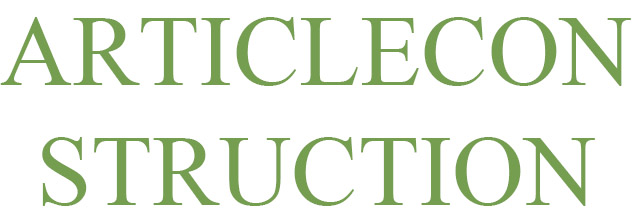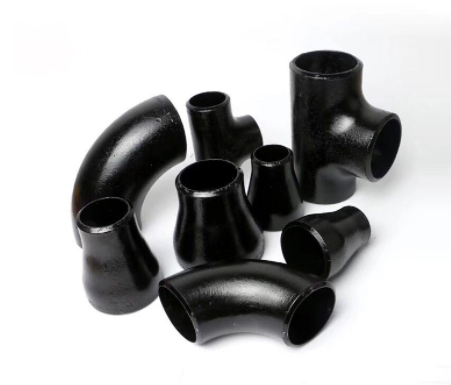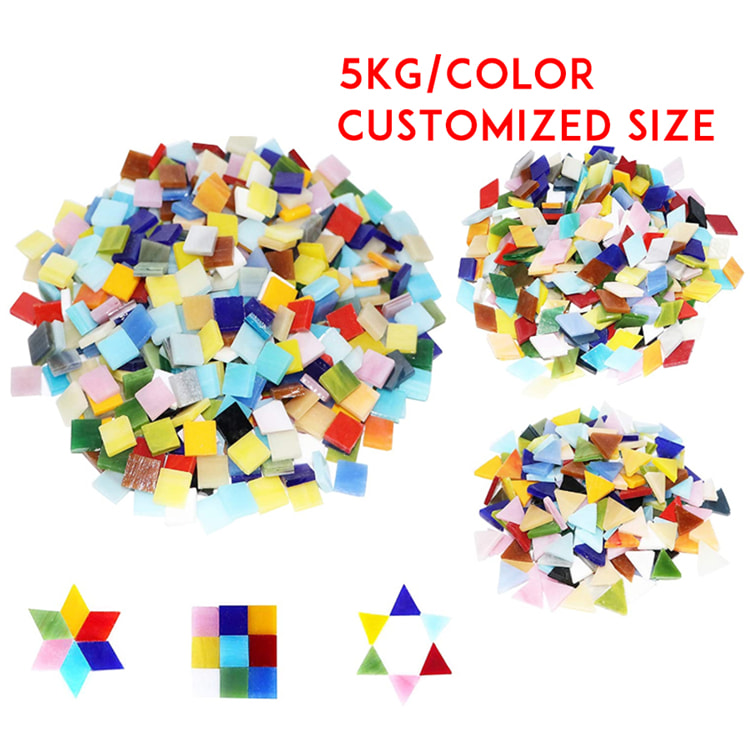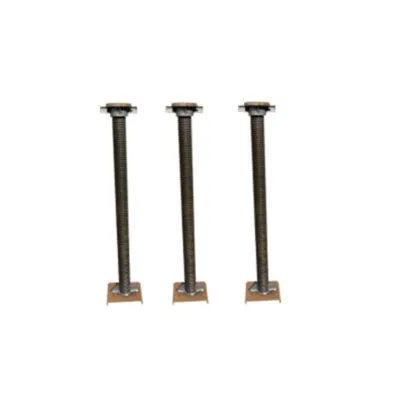Prestressed Concrete- Advantages and Disadvantages
Prestressed concrete is the most durable, reliable and strongest concrete that is widely used for the construction of mega buildings and bridges. It is a type of concrete in which high-strength tendons placed in tension regions of the cross-section are stressed during the construction of the element to act against tensile stresses generated due to applied loads.
Prestressed concrete is very beneficial to construct crack-free structural members and tackle shrinkage and temperature effects. As a result, the ingression of detrimental agents is prevented which helps in avoiding reinforcement corrosion.
The prestressed concrete allows the construction of longer span beams and girders in addition to increase the ultimate load carrying capacity for the same member cross-section.
However, the construction process in prestressed concrete requires extensive monitoring and complicated devices and equipment
at all stages.
Advantages of Prestressed Concrete
1. Contrary to conventional concrete elements, the entire concrete cross-section of prestressed concrete resists applied load. This is because the concrete in tension zone does not suffer cracking and hence it would take part in carrying loads.
2. The spans of prestressed beams and girders are longer compared with that of reinforced concrete.
3. Longer span length increases untroubled floor space and parking facilities.
4. Longer spans results in fewer joints, as a result, less maintenance is needed.
5. Possibility of steel corrosion and subsequent concrete deterioration is declined because concrete is crack-free.
6. It has long-term durability.
7. Prestressed concrete members are able to bear reversal of stresses, impact, vibration and shock due to the absence of cracks.
8. Practically, dead loads are neutral in a prestressed concrete beam. Consequently, the dead load weight of the structure is decreased which results in reduced consumption of materials.
9. Thinner slabs, that are important for high-rise building as with the same amount of cost, it can construct more slabs than traditional thicker slabs.
10. The use of curved tendons and the pre-compression of concrete helps to resist shear.
11. The quantity of required steel in prestressed concrete is 1/3 of that required for reinforced concrete, but the steel for the former should have high tensile strength.
Further reading:How Far Can Cable Tray Support Span?
How to Maintain and Extend the Lifespan of Your FRP Tank
The Difference Between Corrugated Metal Culvert and Plastic Corrugated Pipe
12. The development of prestressed concrete results in the construction of a sizable liquid-retaining structure that would not otherwise be possible.
13. Large liquid retaining structures constructed from prestressed concrete have low cost and are preferably safe against cracking and consequent leakage.
14. Prestressed concrete can be used with advantage in all those structures where tension develops, such as tie and suspender of a bow string girder, railway sleepers, electric poles, upstream face of gravity dam etc.
15. Prestressed concrete beams have usually low deflection.
Disadvantages of Prestressed Concrete
1. Prestressed concrete requires high-quality dense concrete of high strength. Perfect quality concrete in production, placement and compaction is required.
2.It requires high tensile steel, which is 2.5 to 3.5 times costlier than mild steel.
3.Prestressing process requires complicated tensioning equipment and anchoring devices.
4. Construction requires perfect supervision at all stages of construction.
5. Prestressed concrete needs skilled labors.
Tianjin Huayongxin Prestressed Steel Wire Co., Ltd. (hereinafter referred to as "Huayongxin") is a leading professional manufacturer and supplier of PC Steel Wire and PC Steel Strand.
Established in 2004 in Tianjin, close to Tianjin port, Huayongxin cover an area of 120,000sqm, have 4 workshops, 2 laboratories, 8 PC wire production lines and 4 PC strand production lines with each line production capacity at 3000 tons per month.
To further expand the business and provide better services to our foreign customers, we established two trading companies, Tianjin Huashi International Trade Co., Ltd & Tianjin Supcon Trade and Service Co., Ltd, respectively in 2013 and in 2018.
With the great supports from customers abroad, adhering to the principle of Quality First, Service First, our business expands to South Korea, Japan, Southeast Asia countries such as Cambodia, Vietnam, Myanmar, Malaysia and Philippines, Middle East countries, and African countries such as Kenya, Ethiopia, Tanzania, etc., and our products are widely acknowledged by customers for superior product quality and good services. If you are interested please contact us.
Further reading:Are I-joists stronger than timber?
A Guide to Buying Original Fiberglass Stock Tanks
Are size guides accurate?
Unveiling the Advantages of PVC Sports Flooring









